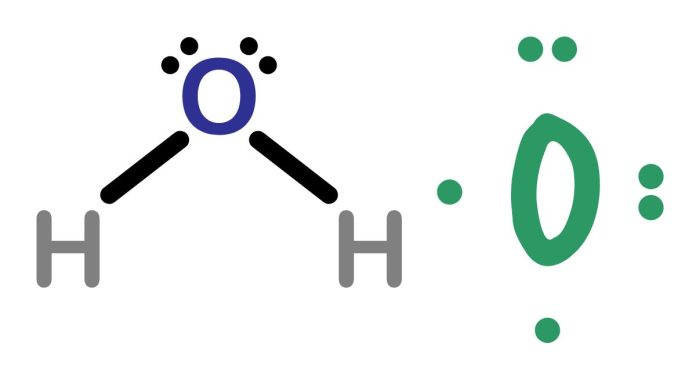Understanding the Lewis Dot Structure of SO₃ (Sulfur Trioxide)
The Lewis dot structure of sulfur trioxide (SO₃) provides a visual representation of how atoms are bonded and how electrons are distributed. Here’s a quick breakdown of the process:
- Count the Valence Electrons: SO₃ has a total of 24 valence electrons—6 from sulfur and 18 from the three oxygen atoms.
- Arrange Atoms and Bonds: Sulfur, being the central atom, forms single bonds with each of the three oxygen atoms, initially using 6 electrons.
- Complete Octets: The remaining 18 electrons are distributed as lone pairs on the oxygen atoms to complete their octets.
- Adjust for Stability: To satisfy the octet rule for sulfur, two lone pairs from oxygen atoms are converted into double bonds. This results in sulfur having a full octet, while all oxygen atoms also have complete octets.
- Final Structure: The stable structure has sulfur at the center, with one single bond and two double bonds with oxygen atoms. The bonds resonate, making SO₃ a symmetrical molecule.
This balanced structure minimizes formal charges, ensuring stability. SO₃’s resonance and structure play a critical role in its behavior in chemical reactions, such as forming sulfuric acid when dissolved in water.


